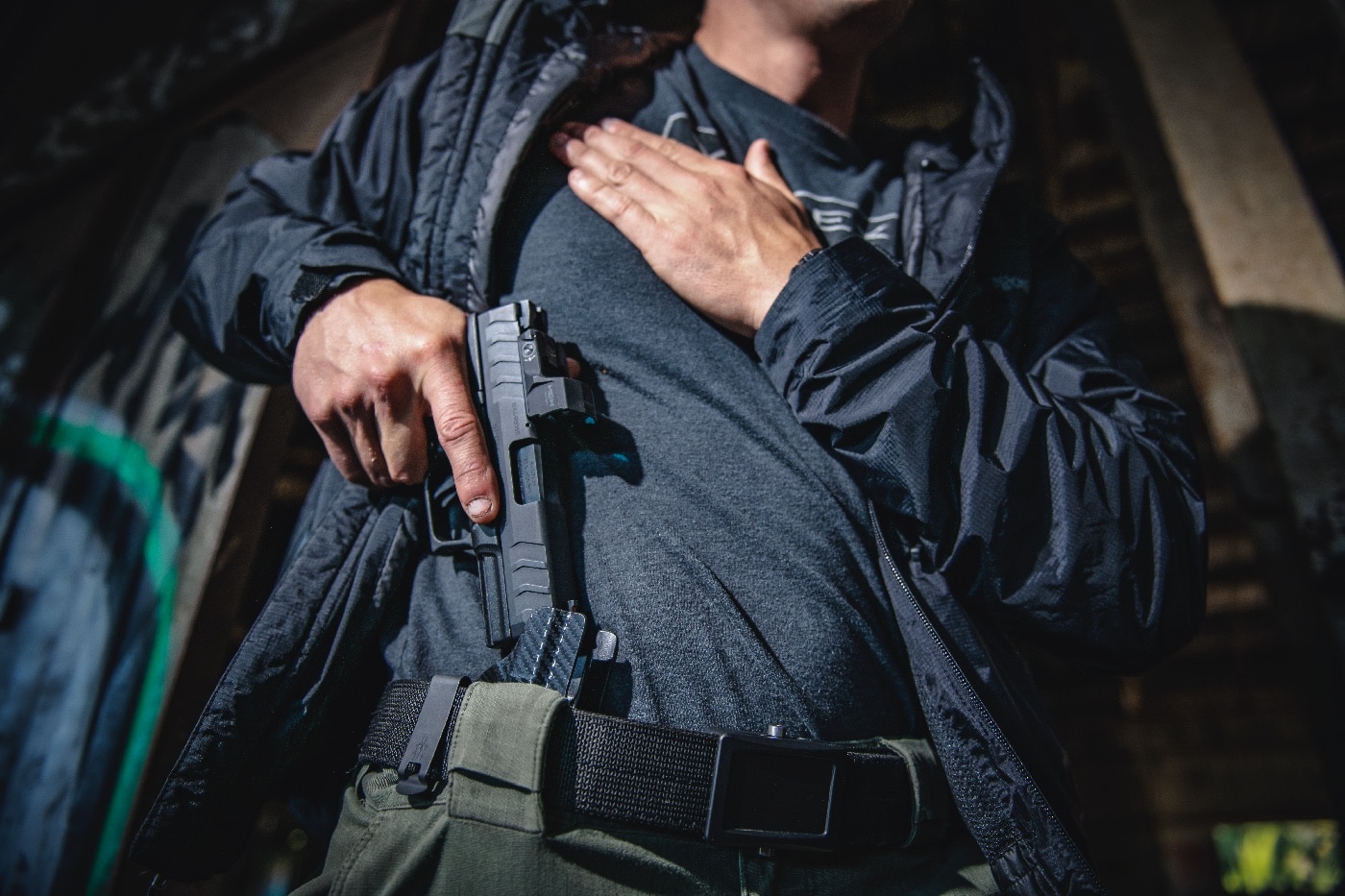The article "When Your CCW Can Put You in Danger" by Scott Wagner discusses the nuances of brandishing a firearm and the legal implications involved. It emphasizes that choosing to carry a concealed weapon (CCW) for self-defense requires a balance of skill and discretion. Wagner explains that brandishing, defined as the act of drawing or presenting a weapon in a threatening manner, can potentially put a law-abiding citizen or law enforcement officer at risk of legal trouble. Brandishing does not necessarily mean using the weapon but merely displaying it with the intent to threaten.

The article provides examples from Ohio and California to highlight the differences in state laws. In Ohio, brandishing is not a standalone crime but can enhance sentencing under specific circumstances, while California has clear statutes against brandishing a weapon in a threatening manner. Wagner stresses the importance of understanding and adhering to local laws to avoid legal consequences. He also discusses how perception and intent play critical roles in determining whether displaying a weapon counts as brandishing.
Wagner concludes by reminding readers that law enforcement officers often brandish their firearms as a precautionary measure, and citizens should avoid dangerous situations when possible. For those carrying a firearm, it is crucial to maintain control, use discretion, and be knowledgeable about the legal framework concerning brandishing. The article serves as a guide to help firearm owners navigate the complexities of brandishing laws responsibly.
For a comprehensive understanding of the topic, read the full article titled When Your CCW Can Put You in Danger.
No comments:
Post a Comment